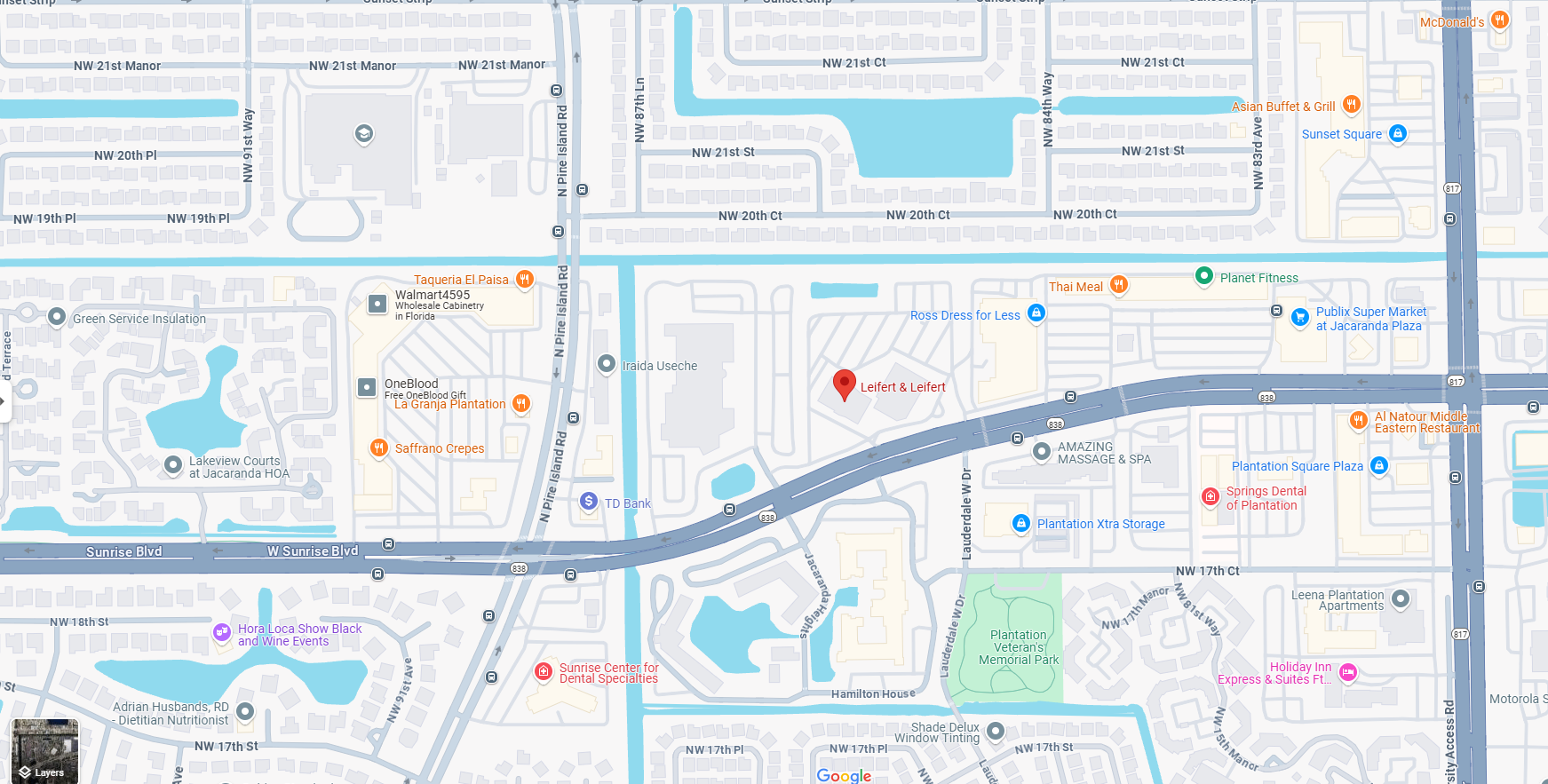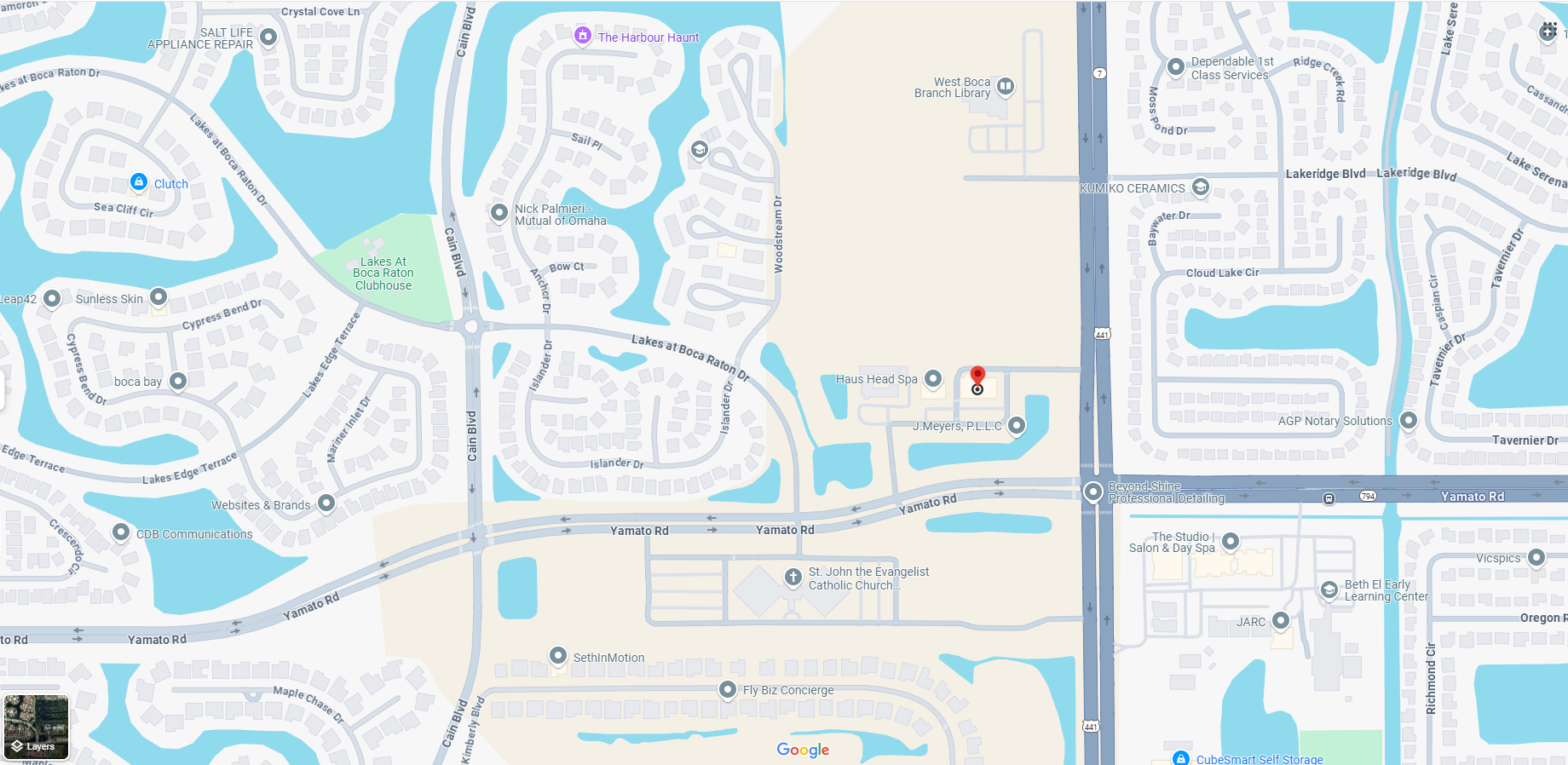What Degree Is Culpable Negligence in Florida?

Culpable negligence is a serious crime characterized by actions that demonstrate a conscious disregard for the safety and well-being of others. Unlike ordinary negligence, which is an unintentional failure to exercise reasonable care, culpable negligence shows conscious indifference for actions likely to cause injury. If you are accused of such a crime, you are likely wondering: What degree is culpable negligence in Florida?
Unfortunately, there is no simple answer to this question. The degree of culpable negligence depends on the severity of the outcome of the actions performed by the Defendant. Understanding the law and having experienced legal representation is the best way to defend against a culpable negligence charge. At the Law Offices of Leifert & Leifert, our criminal defense lawyers have substantial experience helping clients navigate culpable negligence accusations. Contact us today to discuss the details of your case.
The Degrees of Culpable Negligence
The penalties for culpable negligence depend on specific circumstances surrounding the Plaintiff’s injuries. This can include the severity of the injury and whether your actions exposed others to injury or actual injuries occurred. Under Florida Statutes § 784.05(1), culpable negligence can range from a misdemeanor to a felony.
Misdemeanor
In most cases, culpable negligence is classified as a first or second-degree misdemeanor. An offense is considered a second-degree misdemeanor, punishable by up to 60 days in jail, when negligent actions merely expose another person to personal injury. When your actions lead to or inflict actual injury, the crime is tried as a first-degree misdemeanor, punishable by up to one year in jail.
Felony
When culpable negligence leads to death, the crime can be charged as felony manslaughter.
Injuries involving improper storage of a firearm and minor children are also classified as a felony. When an individual stores or leaves a loaded firearm where it is accessible to a minor, and the minor obtains the firearm and uses it to inflict injury or death upon themselves or another person, a third-degree felony, punishable by up to five years in prison, has been committed.
Examples of Culpable Negligence
Behavior regarded as culpable negligence can include actions or inaction that put others at risk for harm. Typically, this means reckless behavior that puts others at risk or failing to take necessary precautions to create a safe environment. Some of the most common situations that involve culpable negligence are car accidents, workplace accidents, and child neglect.
For example, a motorist who disregards traffic laws or drives at excessive speeds is aware the behavior could lead to harm. When the actions cause an accident that injures one or more individuals, the driver can be tried for culpable negligence. Workplace accidents are more likely to be a result of inaction. Failure to create a safe work environment as outlined in safety protocols or industry regulations can be considered culpable negligence because the employer or responsible parties have been informed of the dangers of inaction. Culpable negligence in cases of child neglect can stem from injuries that occur due to failure to provide adequate supervision for a child or severe neglect that leads to the child’s bodily harm.
Contact One of Our Experienced Attorneys to Learn How Degrees of Culpable Negligence Impact Your Case
Culpable negligence is loosely defined and charged on the basis of specific details of each case. However, it is a serious crime, punishable by costly fines and fail time. All too often, the details leading up to seemingly negligent behavior are not taken into consideration. This is why anyone facing accusations of culpable negligence needs assistance from a practiced attorney. The lawyers at Leifert & Leifert understand the requirements for proving and defending against culpable negligence claims. Our lawyers can investigate your case and clearly determine what degree of culpable negligence applies to your case. Contact us to schedule your free consultation.







